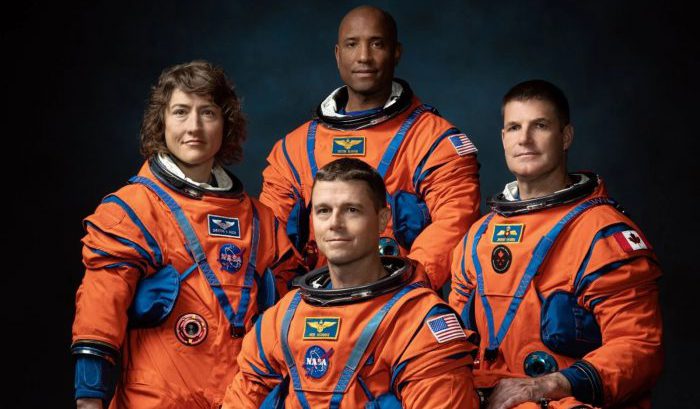NASA may send astronauts around the Moon as early as February 2025, marking the first crewed mission beyond Earth orbit since Apollo 17 in 1972.
NASA has announced that its long-awaited Artemis II mission — the first crewed flight of the U.S. space agency’s new lunar program — could lift off as early as February 2025, two months earlier than planned.
The Artemis program is America’s flagship return-to-the-Moon initiative, designed not only to bring astronauts back to lunar orbit but also to lay the groundwork for Mars exploration. The multi-billion-dollar effort pits NASA in a high-profile space race with China, which has set its own target of landing astronauts on the Moon by 2030.
🚀 The Artemis II Mission
Artemis II will send four astronauts on a 10-day journey around the Moon and back, testing critical systems aboard the Orion capsule and the 98-meter-tall Space Launch System (SLS) rocket. Although the crew will not land, this will be the first human spaceflight beyond low-Earth orbit in more than 50 years, since the end of the Apollo program in 1972.
🌕 Looking Ahead
The mission follows the uncrewed Artemis I flight in 2022, which successfully circled the Moon and returned. Its successor, Artemis III, currently slated for 2027, will attempt the first crewed Moon landing of the 21st century using a SpaceX Starship lunar lander.
At a press conference, Lakiesha Hawkins, NASA’s acting deputy associate administrator, said: “We together have a front row seat to history. The launch window could open as early as the fifth of February, but safety is our top priority.”
If successful, Artemis II will mark a milestone in the U.S.’s renewed lunar ambitions, setting the stage for sustained lunar exploration, scientific discovery, and economic opportunities — and reaffirming America’s leadership in the next great space race.





